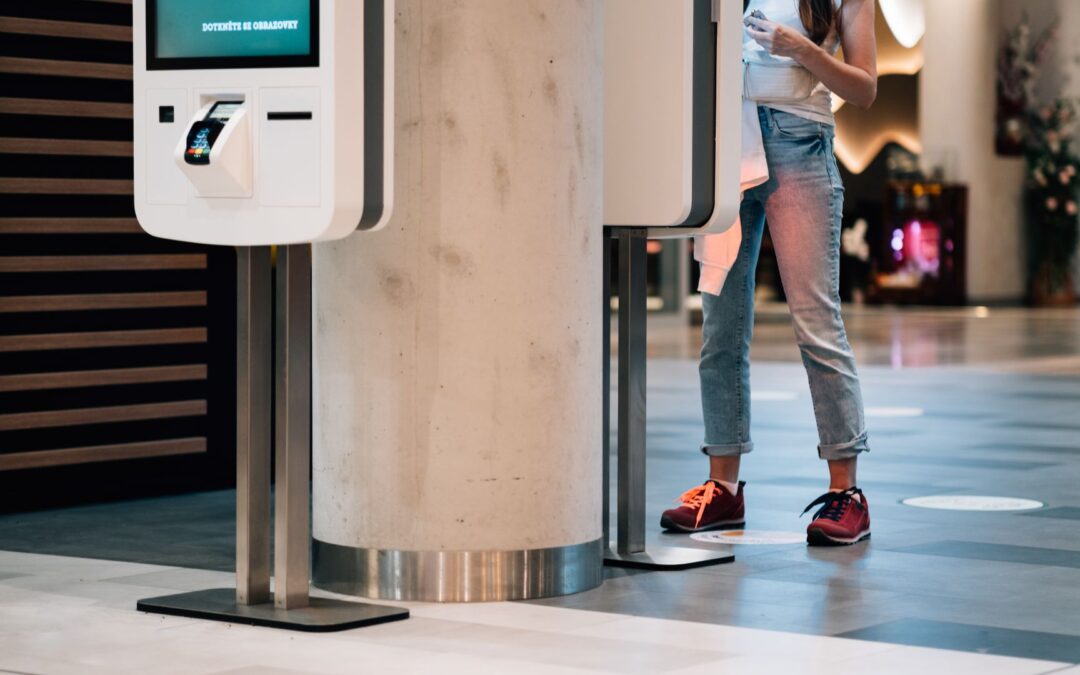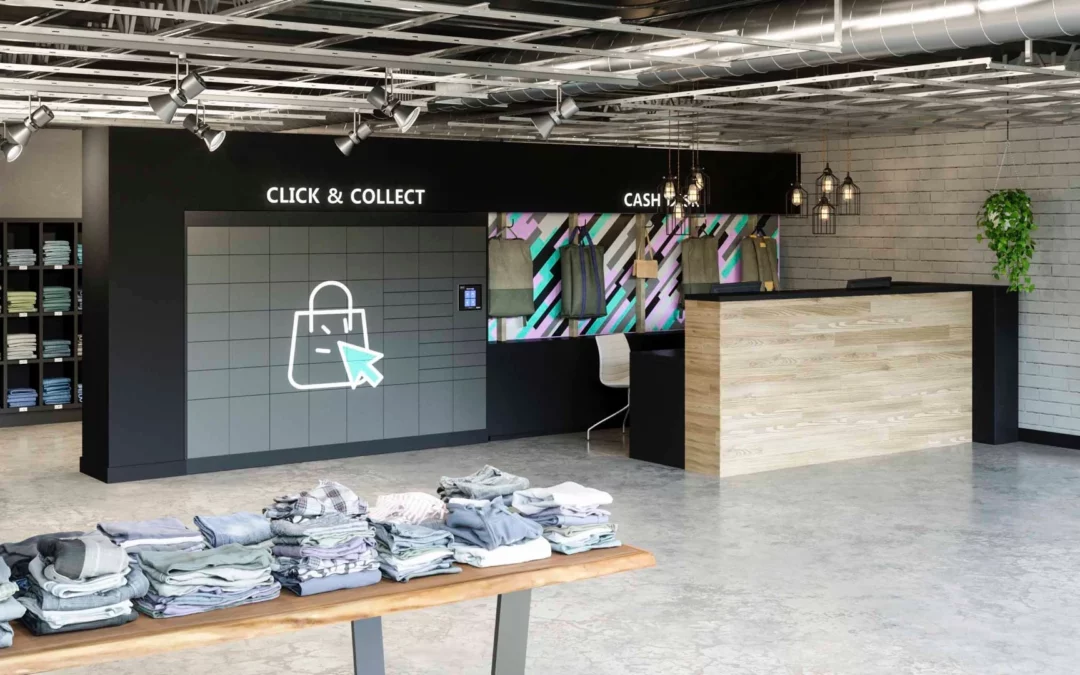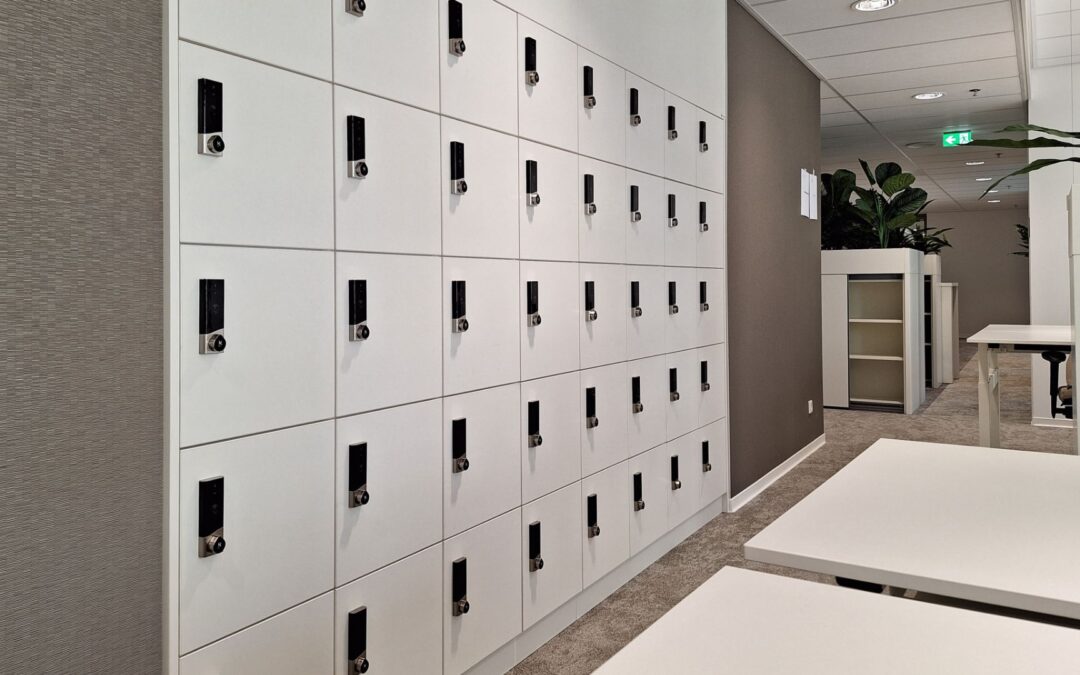In 2021, Microsoft’s Annual Index Report found that 41% of employees are considering leaving their current employer for one that offers a quality employee experience and is, therefore, more aligned with their needs and lifestyle.

In the first part of our digital employee experience blog series, we investigated what digital employee experience is and how it can be improved. Today we are looking at why many initiatives don’t make the impact that most leaders had hoped for and most importantly, how we can improve workplace experiences.
“According to a global study by the research and advisory firm Gartner, companies spend an average of $2,420 per person on efforts to enhance the employee experience. Such initiatives typically include flexible work policies, workplace redesigns, and learning and development opportunities…” Sounds ideal, right? Research shows the contrary.
Gartner found that the ROI on this investment and initiative was “disappointing as only 13% of employees in the study reported being fully satisfied with their experience.”
3 Steps to improve Workplace Experiences for employees
Organisations are aware that they need to invest in employees. So why does the employee initiative still fall short?
According to Harvard Business Review‘s article titled: Why Employee Experience Initiatives Fall Short: “Simply investing in these programs is not enough. Companies taking that approach only drive up expectations,” creating a vicious cycle in which employee desires and organisational spending fuel each other”.
Instead, we believed in building a human-centric workplace where the space is built to solve the problem that starts with the people that are using the space and ends with new solutions that are tailored to their needs.
Here is a three-part process to ensure that organisations are complimenting the investments they’re making with measures to help shape people’s understanding of their experiences in the workplace.
1. Communicating and Understanding Expectations
To understand employee expectations is to understand that all expectations are relative to the person you are speaking to. Employees have different influences and motivating factors – whether it’s previous experiences in prior roles, personal history or family/peer commitments.
It is important that organisations and their leaders are clear on what can and cannot be delivered as well as what fits into the business goals and what is a priority – talent retention and people’s happiness in the workplace should be a big part of this.
It’s important that managers and employees have ongoing conversations about the workplace experiences, They “should engage in one-on-one dialogues to align each employee’s hoped-for experience with the organisational vision.”
2. Personalise the Workplace Experience
Many organisations and leaders lack “full visibility into what each employee needs and wants.” From having the right digital tools to execute their day-to-day role, the training to excel in their career or the flexibility to prioritise work/life balance – employees should feel safe and secure in voicing their desires.
These areas are key to helping to personalise employee experiences:
Digital Tools
Employees need the right tools to do their job, digital employee experience is crucial in the modern workplace. Smart Workplace Technology incorporates a number of corporate employee tools for the new “on-demand digital workplace“. Along with physical space, organisations could invest in smart office technology that enables people to fully participate from home, in the office, on the go, and from the manufacturing floor.
With a move towards hybrid working, employees need tools that provide connectivity and access to their organisation from wherever they choose to work. We’ve highlighted how the right smart workplace technology equates to great performance. Here are some examples:
Lockers for hybrid workers
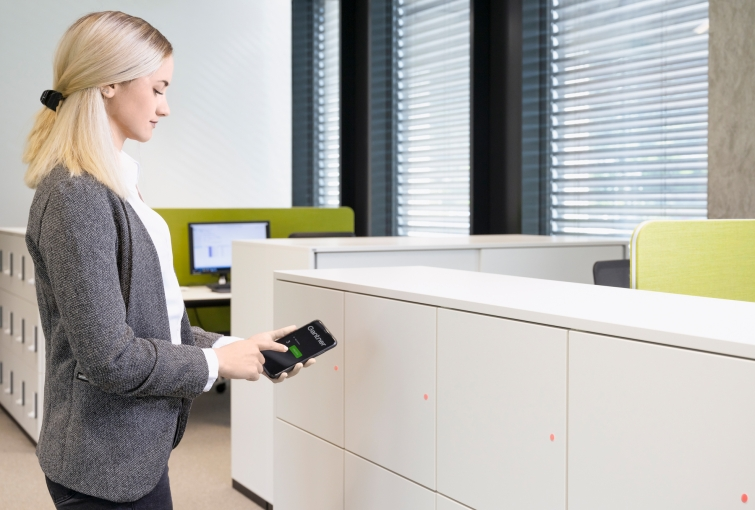
Employee Experience Initiatives are improved by creating a positive environment that encourages interactions and reduces staff workload. This can be achieved with the help of Smart lockers. Multi-purpose smart lockers save 30% space and 30% cost for your business.
Employees can flexibly assign different locker purposes for the same locker bank based on the building usage. The workplace should adapt to employee needs.
Read our ultimate guide to finding the best office lockers
Support with Employee Self Service
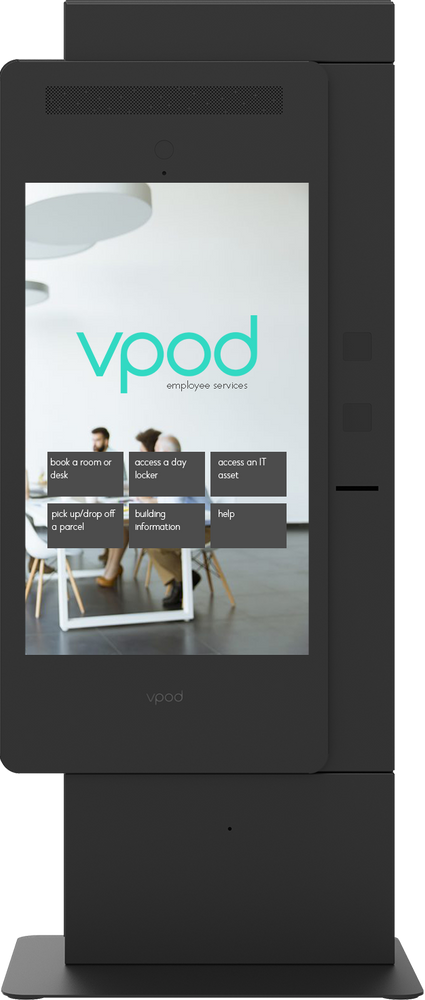
Consider introducing an Employee Self Service Kiosk which connects all facilities and resources for the people using the workspace. The tool combines way-finding, lockers, hot desk booking, and live support, making the resources for employees quickly visible, accessible and ready on demand.
Get Support from anywhere, anytime, any device
How frustrating it is when your employee runs into a technical problem at home but can’t get hold of the IT team? Dialog Virtual Concierge is designed for both employees and office visitors to be video-connected to your centralised help centre.
Training
Learning and Development are critical to the employee experience. It requires an organisation to understand the career goals and aspirations their people have set for themselves and set a growth plan to help them achieve them.
It also requires investment and ensuring that employees have the knowledge and skills to meet the demands of their job and are continually learning to grow according to the plans they’ve set out.
Flexibility
People have proved that productivity can happen anywhere without disrupting the ability to get through a workload. In fact, both employees and managers agree that flexible working has increased individual productivity and quality of work.
3. Take the Long View: Positive and Negative Experiences are part of Work-life.
“Managers should borrow a leaf from the customer-experience book and take a long view, concentrating on how employees will recall their experience over time and focusing on salient events rather than on incidents.”
– Harvard Business Review
Communication is important here. Having a platform for communications or frequent surveys allows employees to address the problems they’ve encountered in the workplace as well as allows business leaders to respond to them personally, thank them for their feedback and take it on board so that they prevent the issues from affecting others in the business.
Equally, a response is necessary to celebrate the positive workplace experiences that people may have. Celebrating the improvements in employee experience, reminding employees of the different resources offered to support them and sharing personal success stories from across the business is an effective ways to shape the positive memories an employee will have of the company.
“Each year, Gartner finds, organizations that take a shaping approach will have largely satisfied 32% more employees than their counterparts have, at a 32% lower cost. Those employees will be less likely than others to jump ship, and they’ll put in more discretionary effort and perform at higher levels—raising their companies’ chances of meeting their customer satisfaction, innovation, and reputational goals.”
Further Reading
- 6 simple steps to improve the employee experience
- People first and foremost: Why is employee experience more important in the post-pandemic world?
- Creating an employee experience strategy for a smart workplace
